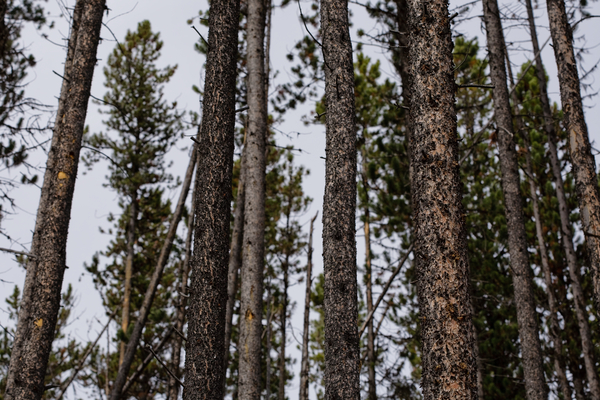Common uses and applications
Lodgepole pine is part of the SPF (spruce-pine-fir) species group. Kiln-dried SPF lumber is used as a structural framing material in all types of residential, commercial, industrial and agricultural applications. It is used exclusively in the manufacture of prefabricated housing, trusses, and other structural components.
Lodgepole pine can be made into composite boards because of its suitable wood density, tendency to plasticize when compressed at high temperatures, gluing ease, and uniform ring density. It is also a first-class joinery wood for furniture, windows, doors and shutters, panelling, edge-glued shelving, siding, mouldings and other architectural millwork and joinery items.
Lodgepole pine is used for telephone poles, fence posts and corral rails because of its small diameter and lack of taper. It is also used for mine timbers, railway ties and fuel. Additionally, it is mixed with spruce and fir to produce 100 per cent bleached Kraft pulp and chemi-thermomechanical pulp (CTMP).
Indigenous Peoples use lodgepole pine for a variety of purposes, including as poles for lodges, homes and other buildings. In the spring, they strip off long ribbons of the sweet, succulent inner bark (cambium layer) to eat fresh or store for later. They use the pitch as the base of many medicines, including chewing it to relieve sore throats, or boiling it and mixing it with animal fat to use as a poultice for rheumatic pain or aches and soreness in muscles and joints.
Richmond Olympic Oval | Photo credit: KK Law






